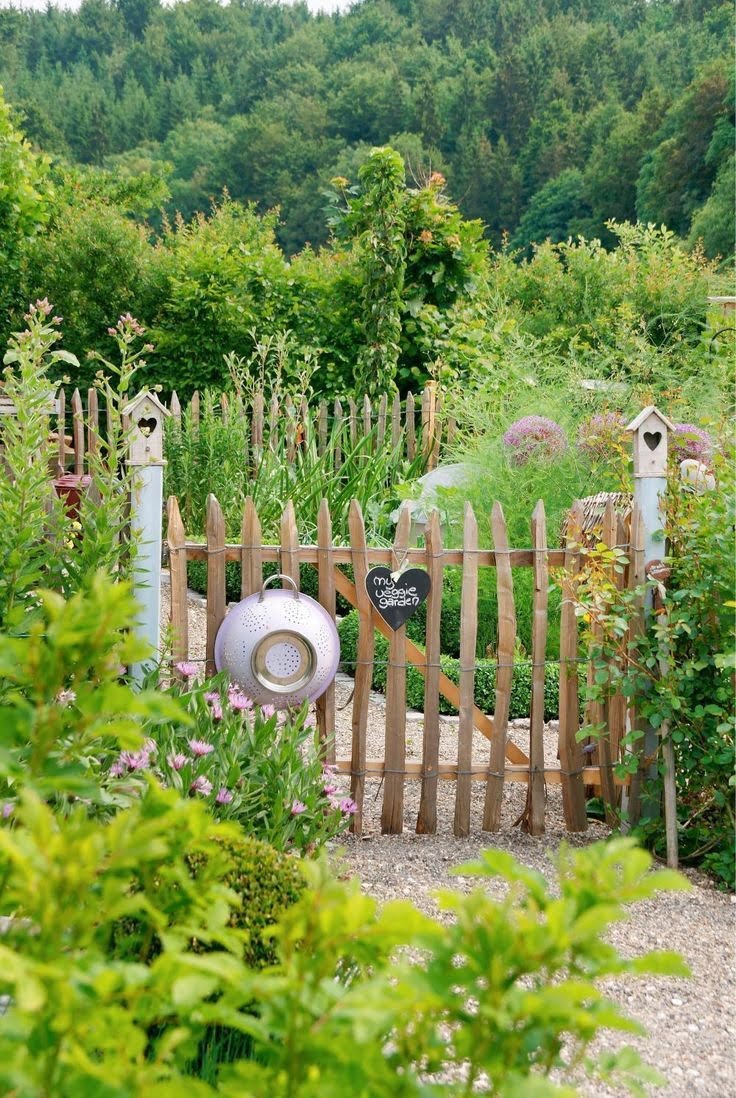How Wide To Make Vegetable Garden Beds
Once you have decided to plant a vegetable garden, you need to decide how wide to make your garden beds. The width of your garden beds will depend on the vegetables you are planting and the size of your garden.
If you are planting vegetables that grow on vines, such as tomatoes, cucumbers, and squash, you will need to make your garden beds at least 3-4 feet wide. This will give the vegetables enough room to grow and spread.
If you are planting vegetables that grow in rows, such as carrots, peas, and potatoes, you can make your garden beds narrower, about 2 feet wide. This will save space in your garden.
When making your garden beds, be sure to keep in mind the size of the vegetables you are planting. If you are not sure how wide to make your garden beds, ask a local garden center or online gardening forum for advice.
How To Start A New Vegetable Garden Bed
It might be the middle of winter, but that doesn’t mean you can’t start planning and dreaming about your new vegetable garden. The best way to start a vegetable garden is by creating a new garden bed. Here are a few tips on how to get started:
1. Choose a location. When choosing a location for your garden bed, consider how much sun the spot gets throughout the day. Most vegetables need at least six hours of sunlight per day.
2. Choose the right soil. The best way to create a successful vegetable garden is by starting with good soil. Amend your soil with compost or organic matter to improve drainage and fertility.
3. Size matters. When creating your garden bed, make sure to choose a size that is manageable for you. A bed that is 4×8 feet is a good size for a beginner.
4. Mark off your bed. Once you’ve chosen a location and amended the soil, use garden stakes or landscape fabric to mark off the boundaries of your garden bed.
5. Add a layer of organic matter. Once your garden bed is marked off, add a layer of organic matter to the bottom of the bed. This will help to improve drainage and fertility.
6. Add soil. Next, add a layer of soil to the bed. Be sure to use a soil that is high in organic matter and nutrients.
7. Plant your vegetables. Once the bed is prepared, it’s time to plant your vegetables. Be sure to read the planting instructions that come with your vegetables.
8. Mulch. Once your vegetables are planted, be sure to add a layer of mulch to the bed. This will help to retain moisture and keep the soil cool.
9. Water and fertilize. Once your garden is planted, water and fertilize as needed. Be sure to follow the instructions that come with your vegetables.
With a little preparation, you can have a beautiful new vegetable garden bed ready to plant your vegetables in. Happy gardening!
Raised Vegetable Garden Beds Amazon
If you are looking for an attractive, easy way to garden, you should consider raised vegetable garden beds. Not only do they make gardening easier, but they can also add beauty and functionality to your outdoor space.
There are a variety of raised vegetable garden bed designs to choose from. The simplest type is a raised bed that is just a few inches high. However, you can also find beds that are several feet high, allowing you to garden on a hill or incline. The size of the bed is up to you, but remember to leave enough room for you to walk around it.
Most raised vegetable garden beds are made out of wood, but you can also find metal and plastic versions. If you choose a wooden bed, make sure to select a type of wood that is resistant to decay and rot. Cedar and redwood are both good choices.
Once you have selected a raised vegetable garden bed design, it is time to start planting. The great thing about raised beds is that you can plant vegetables and flowers in any combination you like. Just make sure to choose plants that will grow well in the type of soil you have in your bed.
If you are not sure what to plant, consult a gardening book or website. There are also many online forums where gardeners can exchange tips and advice.
One of the best things about raised vegetable garden beds is that they make gardening easier. The raised bed allows you to work the soil without having to bend over, and the sides keep the soil from eroding. You will also be able to water your plants more easily, since you can just pour the water right on top of the bed.
Raised vegetable garden beds can also add beauty and functionality to your outdoor space. If you have a patio or deck, you can use a raised bed to create a garden area. Or, if you are short on space, you can use a raised bed to create a garden that is separate from your other plants.
Whatever your reasons for wanting a raised vegetable garden bed, there is sure to be a design that is perfect for you. Just do some research and choose the bed that is right for your needs.
Raised Bed Vegetable Garden Soil Recipe
Ingredients:
1 part compost
1 part soil
1 part sand
Directions:
1. Combine compost, soil, and sand in a ratio of 1:1:1.
2. Mix ingredients together until well combined.
3. Spread mixture over the surface of your raised bed vegetable garden.
4. Rake the mixture smooth and firm it down with your hands.
5. Water the garden bed well to settle the soil and help it to retain moisture.
This soil recipe is perfect for raised bed vegetable gardens. The compost provides nutrients for your plants, the soil helps to anchor the plants and retains moisture, and the sand helps to improve drainage.
Raised Bed Vegetable Garden Youtube
A vegetable garden is a garden that is used to cultivate vegetables. The garden may be a plot in a park, a section of a field, or a garden attached to a house.
Vegetables can be planted in a raised bed vegetable garden. A raised bed is a garden bed that is higher than the ground. This makes it easier to work the soil and to reach the plants.
There are many benefits to planting vegetables in a raised bed vegetable garden.
One benefit is that the soil in a raised bed is easier to work. The soil in a raised bed is loose and easy to dig. This makes it easy to plant vegetables and to work the soil.
Another benefit is that a raised bed vegetable garden is easy to reach. You do not have to bend over to reach the plants. This is especially helpful if you have a bad back or if you are elderly.
A third benefit is that a raised bed vegetable garden warms up quickly in the spring. The soil in a raised bed warms up faster than the soil in a regular garden. This makes it possible to plant vegetables earlier in the spring.
A fourth benefit is that a raised bed vegetable garden is easy to water. You can water the plants with a garden hose. This is easier than trying to water plants in a regular garden.
A fifth benefit is that a raised bed vegetable garden is easy to fertilize. You can add fertilizer to the soil in a raised bed. This is easier than trying to fertilize plants in a regular garden.
A sixth benefit is that a raised bed vegetable garden is easy to weed. You can weed the plants with a hoe. This is easier than trying to weed plants in a regular garden.
A seventh benefit is that a raised bed vegetable garden is attractive. A raised bed vegetable garden can add beauty to your yard or garden.
A raised bed vegetable garden is a great way to grow vegetables. The soil is easy to work, the plants are easy to reach, and the garden is easy to water and fertilize.

If you’re looking to get into vegetable gardening, or are just looking for some tips on how to make your current garden better, then you’ve come to the right place! My name is Ethel and I have been gardening for years. In this blog, I’m going to share with you some of my best tips on how to create a successful vegetable garden.





